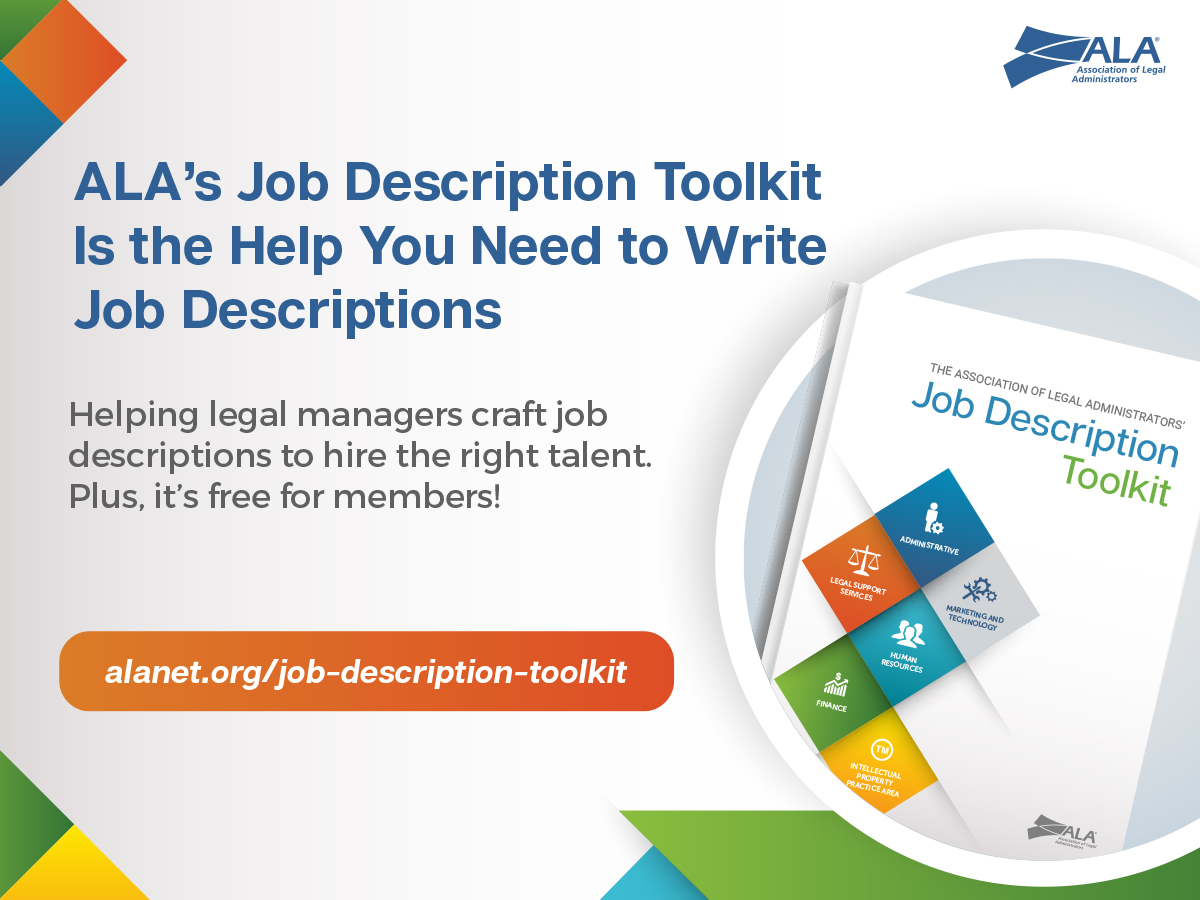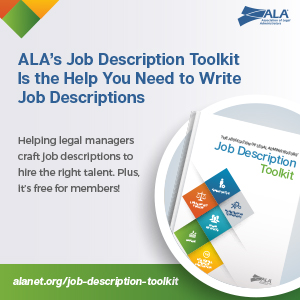If your law firm is looking to realize the potential of AI technology, how do you select the right AI tool and — more importantly — successfully implement it? With that in mind, here is a practical look at the questions law firm administrators should be asking when choosing AI tools that position their organization for long-term success.
STANDALONE TOOLS OR INTEGRATED?
One of the first questions to consider when assessing generative AI solutions is whether to purchase a standalone or integrated tool.
Standalone AI legal tools perform tedious tasks like data and text summarization, extraction and generation. These tools, like ChatGPT, use large language models (LLMs) that train on a source set of documents. While using AI in this manner can ensure that the generated text is based on information you’ve sourced, it’s inefficient. Standalone solutions require you to move a stack of documents, sometimes thousands, from one system into another — adding another step to your process. Plus, what goes into these models stays in — the information you feed into ChatGPT or other open-source GenAI models may create data privacy and confidentiality issues as well.
Integrated generative AI tools, however, are just that — integrated in the systems lawyers and legal staff already use in their day-to-day work. From e-discovery to case management, leading legal technology providers are incorporating AI into their existing solutions much like Microsoft has done with Copilot, Google with Gemini and IBM with Watsonx.
For example, your firm’s litigators may use a legal case management solution. If your provider offers an AI integration, then your team can save time analyzing documents to identify chronology events within one connected, cloud-based and data-secure system. The chronology results generated by AI are already linked to case documents, discovery material and deposition transcripts. When GenAI is integrated into a solution your firm is already using, you’ll also save time on setup, training and onboarding.
QUESTIONS ABOUT PRIVACY AND TRUST
Your lawyers will likely have questions about how various AI tools generate information and answers, whether they can produce accurate work, and how they protect client data. After all, one fact can win or lose a case and an attorney’s duty to protect their client’s confidentiality is paramount.
The biggest story about AI is hallucinations. Look for AI software with built-in citations and closed systems to decrease the chance that unrelated — or worse, made-up information — is being generated in AI summaries and analysis. Integrated systems may also have human review signifiers to make sure all AI is checked before making its way in front of a judge or another party.
“One way to win over your firm when implementing new technology is to meet your lawyers and support staff where they are — that is to introduce the solution as an answer to their commonly faced problems and frustrations.”
But your biggest question should be: What happens to the sensitive client data that I’m allowing the AI to analyze? Trustworthy vendors will follow the highest levels of security to keep that information confidential, and, if the data is used to train the AI to generate analysis, subsequent AI generations won’t use that data if the user isn’t authorized to see that information. Closed universe tools, when used with common security measures such as granular user permissions and ethical walls integrations, help protect information from being accessed by outside systems.
WINNING THE IMPLEMENTATION
Once you’ve found an integrated AI tool that securely provides analysis based on factual information, you’ll need to get your firm to use it. You may encounter situations where individuals want to use standalone AI tools (or maybe already have) that they feel are better suited to their workflows than the solution you’ve procured. This is where you, as the technology administrator, will need to develop a rollout strategy. This plan needs a consistent message about the purpose of the new AI tool and a training program that addresses current frustrations and resistance to change.
One way to win over your firm when implementing new technology is to meet your lawyers and support staff where they are — that is to introduce the solution as an answer to their commonly faced problems and frustrations. Take litigation, for example. In the past, tasks like chronology building, deposition preparation and others have all been completed manually. But using AI and automation in a secure way can quickly complete repetitive tasks.
Encourage early adopters who’ve found success using your new technology to share what’s working for them to drive overall engagement. Fear of missing out (FOMO) can be a major motivator for hesitant users. Once they see a lawyer or a team of attorneys winning with the AI tool, they won’t want to miss out.
In summary, when choosing a generative AI tool, look for solutions that integrate with technology that resonates with your law firm and attorneys and solve the problems they commonly face, then win the implementation using smart messaging and training.


